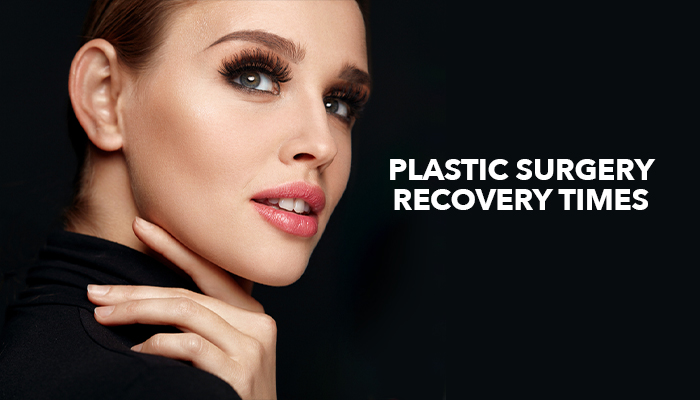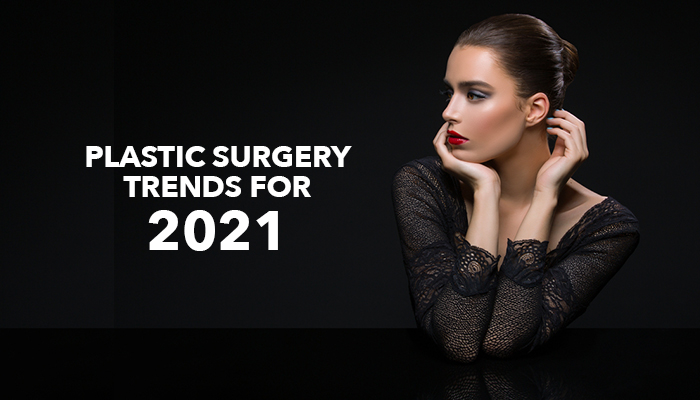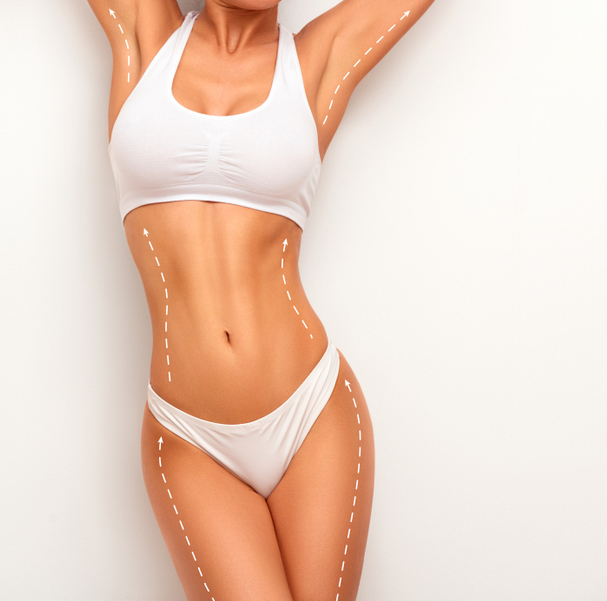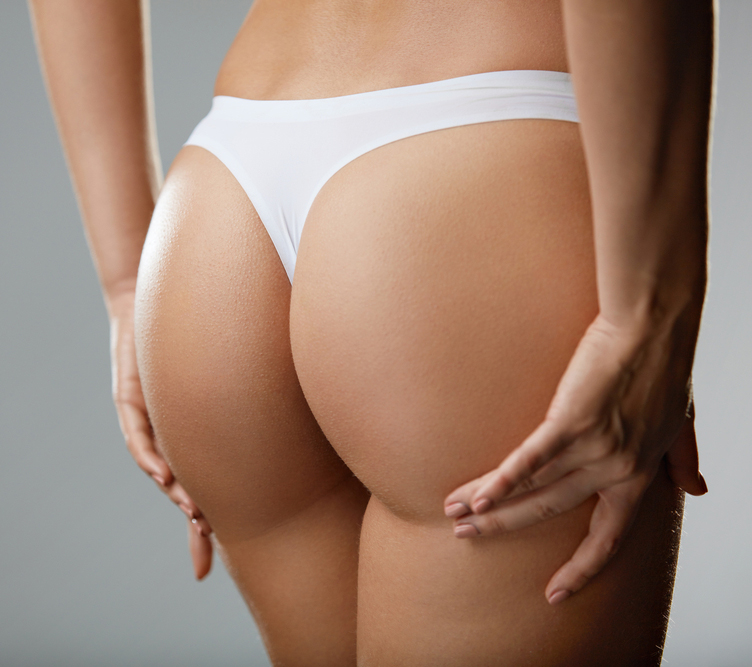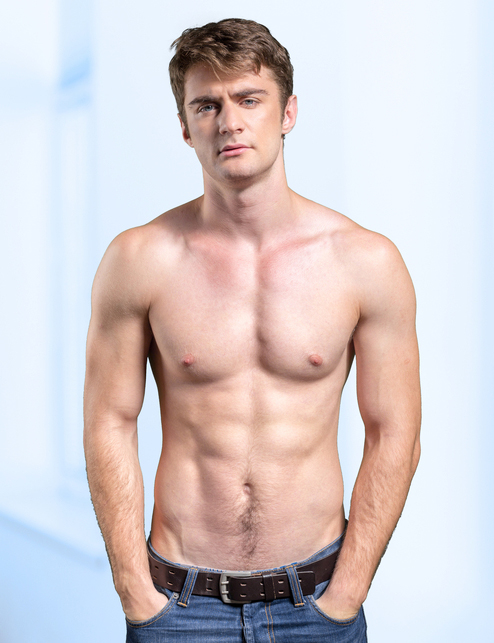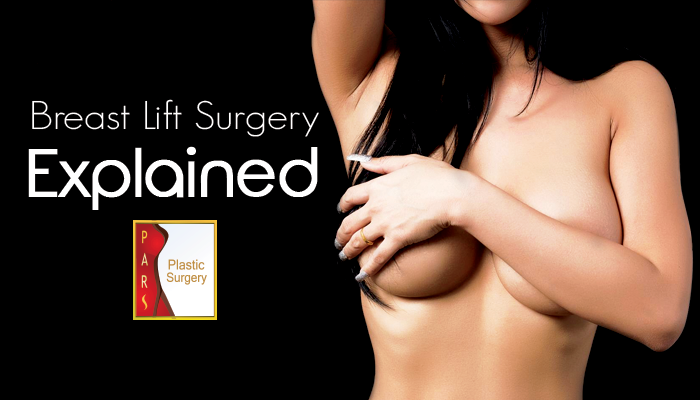
Breast Lift Surgery Explained
What is the Breast lift procedure?
Mastopexy procedures are growing at more than twice the rate of breast implant surgeries according to cosmetic surgery statistics released by the American Society of Plastic Surgeons (ASPS). Implants are still by far the procedure mostly performed among women, but breast lift surgery is steadily gaining.
In young women, the breast skin is elastic and the ligaments holding the breast tissue to the chest wall are short and tight. But when aging sets-in and gravitational pull takes its toll as well as weight changes and pregnancy, the tissues and skin are stretched beyond their elastic limits leading to eventual sagging of the breasts (ptosis). The procedures that can correct this ptosis is referred to as mastopexy or breast lift and involves going under the needle on the breast skin and/or deeper breast tissue. A simple way to detect if you are a candidate for a breast lift is the pencil test. A pencil is placed under the breast. if the pencil is held up by the breast tissue to the chest wall, this implies that the breast is drooping and a breast lift is recommended. While checking the patient, it is also important for the surgeon to find out from the patient their history of breast sizes with changes in weight or pregnancy.
The ideal mastopexy procedure is one that will leave no skin scar while producing a fuller upper breast with breast tissues completely above the chest line. Most patients prefer not to have an implant. This is almost impossible to achieve but there are several options with some little tradeoffs that come close to achieving the ideal. Breast lifts were originally done by taking off excess breast skin. This led to a high recurrence rate as the and scars and skin stretches over time. Brazilian surgeons in the 90s started the trend of adjusting the breast tissue at the time of surgery in order to eliminate or decrease these recurrences.
One major factor to consider when selecting the pattern of skin removal for mastopexy procedure is how to leave the patient with around areola with taut skin around and outside the confines of the round areola. The areola can be distorted by a tight stitch after the removal of the excess skin. Another objective is to build a noticeable skin between breast overlap and areola when one is standing upright. This is especially critical in breast enlargement in light of the fact that exclusively putting breast implants into someone without those skins showing them off when standing won’t bring about a decent appearance.
mastopexies are usually performed along with other breast procedures such as reconstruction after cancer surgery, breast augmentation and breast reduction with the removal of variable amounts of breast tissue. In order to enhance breast symmetry, a different approach can be used on each breast.
SURGICAL OPTIONS
Crescent Mastopexy
The crescent lift also known as partial mastopexy is typically the preferred method for women who have mild ptosis and desire a slight lift of breast. It involves the removal of a crescent-shaped piece of tissue just above the areola and then stitching the tissue to a higher position. Crescent can be skin or can involve deep tissues. The skin-only method is mainly used to adjust the position of the nipple at the time of breast augmentation in order to improve breast symmetry. The crescent incision can be made anywhere around the edge of the nipple complex so the nipple can be moved in any direction. A breast implant without due attention to symmetry may leave one with an unhappy patient after surgery. Crescent removal of deeper tissue changes the shape of the breast by making it rounder. And it can be done alongside the different patterns of the skin removal process to achieve an optimal result.
The major drawback to this procedure is the distortion of the areola if the crescent width is above one centimeter.
Circumareolar Mastopexy
Also referred to as donut mastopexy or Benelli mastopexy it involves the removal of a donut-shaped skin around the areola. Most patients prefer this method due to the fact that scars around the areola are almost invisible but these intrusive circumferential mastopexies are associated with multiple issues. A notable drawback to this procedure is the outer diameter of the donut which cannot be more than 1.5 to 2 times the circumference of the inner diameter of the donut. If these prescribed diameters are exceeded the breast mound will become flat, the areola gets stretched with time to an unusual size, the scar thickens and widens to a more noticeable size and the outer diameter skin can bunch up to create a crumpled appearance.
Most surgeons usually place around purse-string suture along the outer edge of the skin in order to maintain the shape of the areola over time. This suture can force up the tissue, and prevent the skin from losing its ability to maintain the areola shape
Vertical Mastopexy
The vertical mastopexy is for women with mild to moderate ptosis of the breast. In this technique, a vertical key-hole incision is made. Mostly, the deep layer of the breast tissue is stitched together to shape the breast. The areola is then slid into a higher position and the skin is stitched closed around the areola and down the center of the breast. The final scar is like a lollipop, and it appears around the areola straight down the center of the breast to the breast fold.
Y-scar Vertical Mastopexy
On the off chance that the nipple is in a decent position and most of the excess skin is in the form of horizontal crescent consolidated with a vertical circle disposition of skin brings about a Y-scar vertical mastopexy. The fundamental utilization of this lift is to limit skin surface scarring and avoid horizontal scar in the breast overlap. This lift, however, won’t fill the upper portion of the breast and the measure of skin that can be removed is exceptionally constrained.
Circumvertical Mastopexy – Lollipop Mastopexy
This method consolidates a circumareolar with a vertical lift. This is utilized mostly in conjunction with breast augmentation in patients who don’t have noticeable skin between the areola complex and breast wrinkles when standing. The candy lift expels an erratic oval of skin around the areola complex and the vertical appendage of the candy closes somewhere close to the areola complex and the wrinkle or in the wrinkle itself, contingent upon the measure of areola lifting required. The extraction around the areola complex is subject to the same confinement as the circumareolar mastopexy. The areola can’t be lifted more than around 2 cm with this method as the breast mound twists with more prominent lifting.
Inverted T Mastopexy
The transformed T-mastopexy has been an efficient method of breast lifts and breast reduction surgery for about a decade. This skin evacuation procedure permits the expulsion of the best measure of skin with the most prominent measure of areola lifting and gives the specialist the best presentation to perform moves on more profound breast tissue. The tradeoff is that it has the most noteworthy skin scar heap of all the breast lift techniques.
This is the demonstrated technique for breast lift surgery after substantial weight reduction whether it is an eating regimen or weight reduction surgery-related and regardless of whether a breast embed is set. Monstrous weight reduction patients have extreme breast tissue hanging and a ton of overabundance skin. This approach permits the evacuation of overabundance skin from the distance to the sides of the middle.
This kind of lift has the most “bottoming out” rate when compared to other types of lifts. Its occurrence is limited by making the vertical appendage of the T just 5 cm.
There are varieties of this which result in L shaped scars. They are either inverted T or vertical type. A few specialists prefer them, however, they are not helpful as a rule because of the asymmetric removal of skin with respect to the mid-breast hub.
Parenchymal Fixation, Redistribution, and Auto Augmentation Techniques
As said earlier, the repeat rates because of skin and scar stretching and lacking filling of the upper portion of the breasts related to skin only procedures have lead specialists to lifting methods with manipulation of the breast tissue deep into the skin. These incorporate suture fixations of the breast tissue to chest muscles, cutting into and redistributing breast tissue, embeddings prosthetic absorbable or non-absorbable cross-sections to hold and shape the breast tissue, infusing fat from different territories of the body and making slings of bared skin from the excess that are supposed to be removed that are sutured down in the breast to hold and lift the tissue (laser bra lift). There have been no controlled investigations that demonstrate the predominance of these strategies over skin only techniques. A hefty portion of these began in Brazil and have been observed to be pointless here in the US as it has been watched that, over the long haul, they nothing besides adding to operating room time and the cost of the surgery. Sutures between the breast tissue and chest muscle, in the long run, pull through the fat. Breast tissue that is dismembered out and gone under the breast hill can pass on and thus result in the smaller breasts. Absorbable lattices disintegrate and any utility they gave vanishes afterward.
Perceiving this issue with breast fat sutures a few specialists have pushed punching an opening in the muscle and passing a tongue of breast tissue from under and behind the muscle to over the muscle. This should dodge the issue of sutures hauling out of the breast fat, however, it presents the likelihood of breast contortion when the muscle is actuated.
There is a wide range of approaches to play out a breast lift and considerably more minor varieties of those ways. What is compelling in one patient won’t be so viable in another. On the off chance that you see 10 diverse plastic specialists, you will find 10 unique solutions with respect to what sort of breast lift ought to be performed. It is much more confounded on the off chance that you put breast inserts for an increase in the meantime. That is on the grounds that the markings on the skin for surgery are made before the inserts are set and it can be extremely hard to design surgery representing skin extend after the implants are set up. For these joined strategies, patients subsequently have a high rate of re-try or correction surgery even with the best of surgical hands.
Alternatives
Although there are diverse surgical methods there are no available alternatives to surgery.
Risks
The fundamental dangers of these surgeries are skin scarring and intermittent drooping. The all the more sagging skin you have, the more skin you have to expel and the more skin scarring you will have. The kind of skin removal is intended to shroud the scars around the areola and in the wrinkle under the breast however they can also be troublesome. The breast tissue is appended to the chest wall by Cooper’s tendons and the expanding laxity of these tendons enables the breasts to hang. The surgery, however, focuses on the extended skin since we as of now have no real way to focus on the tendons. The skin then re-extends under the heaviness of the breasts which are no more controlled from above by the tendons. A few specialists believe interior slings of mesh or stripped skin can neutralize this yet the mesh is either absorbable or its connections relax with time and the exposed skin is still skin so it extends.
Benefits
The benefits are the self-confidence of not seeing drooping breasts and being less self-conscious when intimate. The outside world does not usually see the results of the surgery.
Recovery
Drains are not usually required and sutures are removed at 10 to 12 days. The most important part of recovery is exercise and activity restrictions for 3 to 4 weeks after surgery after which patients rapidly return to their pre-surgery exercise routines.

